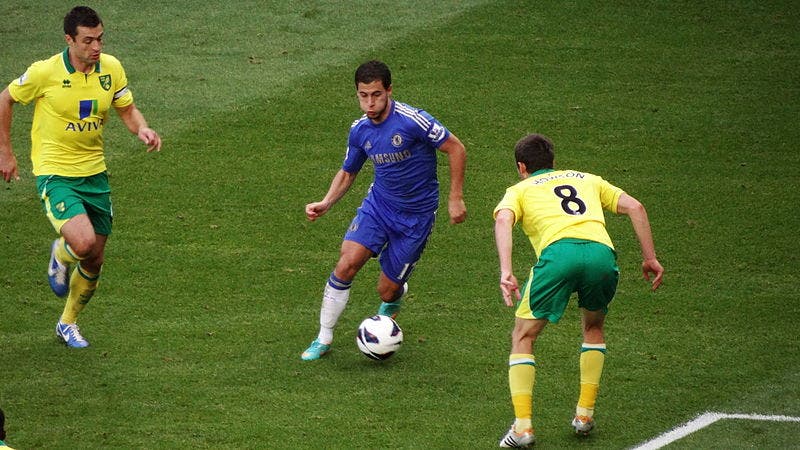Scouting for football players has long been considered to be an art more than a science — but that may soon change. A new test successfully assessed the agility of young players, even when other parameters were identical.
Football (or as our American friends like to call it, soccer) is the most popular sport in the world. People love to watch it, they love to play it, and nothing draws the eye more than a talented, agile player. Armies of scouts are always on the lookout for the next Cristiano Ronaldo, and clubs often end up paying ungodly sums of money to young players.
But football has long left its bohemian golden years behind — it’s a much faster and tactical environment than it used to be, and scouting has kept up. Big data and science have slowly but surely crept into the locker rooms, and they’ve transformed how people play the game and how they look for new players.
Sports scientists are developing tests to identify player strengths and new coaching strategies, but one thing that has proven difficult to assess is agility — the ability to rapidly and tactically change speed or direction — a very important skill, especially for attacking players.
“During a soccer game, players frequently change their direction and speed in reaction to external factors, such as an opponent moving closer,” explains Professor Damir Sekulic from the University of Split in Croatia. “A player can also pre-plan quick changes in direction speed, such as running into a free space to get open for a pass. While both reactive and pre-planned agility are important in soccer, there is a lack of soccer-specific agility tests.”
Sekulic, along with Professor Haris Pojskic from Mid Sweden University and colleagues in Croatia and Sweden set out to develop a new agility test.
They asked players to dribble a ball towards four plastic cones spaced widely apart. When each player approached the cones, a light turned on above one of them. When this happened, the player needed to bounce the ball off a board near the lit cone and return to the start position as quickly as possible. This would test how quickly players react, change directions, and how well they can control the ball.
In order to see how well this test fared, the researchers assessed soccer players in Sweden in under-17 and under-19 divisions. As the older players had been in soccer training for longer, they were expected to perform significantly better — which they did.
Players in the under-19 group showed higher reactive and pre-planned agility scores. Interestingly, this was the only existing test which significantly differentiated between the under-17 and under-19 players. The other parameters, such as jumping and sprinting ability, were not significantly different between the different ages.
This would suggest two things: first, the test can be used to assess players’ prowess, serving as an aid for scouting or selection purposes, especially in younger players. Secondly, the test could also be used to devise improved training routines, which would focus on increasing young players’ agility.
“The superiority of the under-19 players in agility may be a direct consequence of their longer involvement in soccer training,” says Pojskic. “Coaches who work with young soccer players should be aware that agility development between 17 and 19 years is mostly dependent on specific training for motor proficiency. There is no evidence that developing other capacities, such as sprinting or jumping, has any positive impact on agility in players of this age.”
Journal Reference: Haris Pojskic et al. “Importance of Reactive Agility and Change of Direction Speed in Differentiating Performance Levels in Junior Soccer Players: Reliability and Validity of Newly Developed Soccer-Specific Tests.” https://doi.org/10.3389/fphys.2018.00506.










